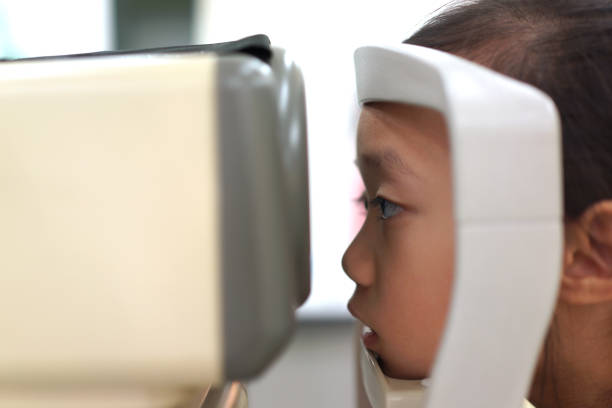In the intricate landscape of ocular health, the clarity of vision is often perceived as the ultimate benchmark. Yet, within the realm of eye care, there exists a lesser-known but equally vital dimension: the visual field. Visual field tests serve as windows into this expansive realm, offering insights crucial for diagnosing and managing a spectrum of eye conditions and neurological disorders. Join us as we embark on a journey to unravel the significance of visual field test and its profound impact on preserving sight and safeguarding health.
Exploring the Visual Field: Imagine your vision as a canvas, stretching far beyond what meets the eye in your immediate line of sight. This panoramic expanse, encompassing both peripheral and central vision, constitutes your visual field. Unlike conventional eye exams that focus on visual acuity, visual field tests delve deeper, assessing the full scope and sensitivity of your vision across this vast canvas. By meticulously mapping out your visual field, these tests unveil subtle abnormalities that may signal underlying eye diseases or neurological impairments.
The Art and Science of Visual Field Testing: At the heart of visual field testing lies a fusion of artistry and scientific precision. Employing an array of techniques, from conventional confrontation tests to sophisticated automated perimetry, clinicians meticulously chart the boundaries and intricacies of your visual field. Whether it’s detecting the early signs of glaucoma, uncovering optic nerve damage, or identifying neurological conditions like strokes or brain tumors, each test serves as a brushstroke, painting a comprehensive portrait of your ocular and neurological health.
Unveiling Hidden Realms: Why Visual Field Tests Matter: In the labyrinthine landscape of eye care, visual field tests emerge as indispensable guides, illuminating hidden realms and unveiling silent threats to vision. Here’s why they matter:
- Early Detection: Visual field tests serve as early warning systems, detecting subtle changes in vision that may precede overt symptoms of eye diseases like glaucoma or retinal disorders.
- Disease Monitoring: For individuals already diagnosed with conditions like glaucoma, regular visual field tests provide vital insights into disease progression, guiding treatment adjustments and ensuring optimal management.
- Neurological Insights: Beyond the eyes, visual field abnormalities can serve as red flags for underlying neurological conditions, prompting further evaluation and intervention.
- Personalized Care: Armed with the nuanced data gleaned from visual field tests, healthcare providers can tailor treatment plans to address individual needs, optimizing outcomes and preserving precious vision.
Conclusion: In the intricate tapestry of ocular health, visual field testing emerges as a beacon of insight, guiding clinicians and patients alike on a journey of discovery and preservation. By embracing the panoramic perspective offered by these tests, individuals can take proactive steps towards safeguarding their sight and nurturing their overall well-being. For in the boundless expanse of the visual field lies not just the canvas of perception but also the promise of vision, illuminated by the profound impact of timely detection and tailored care.

